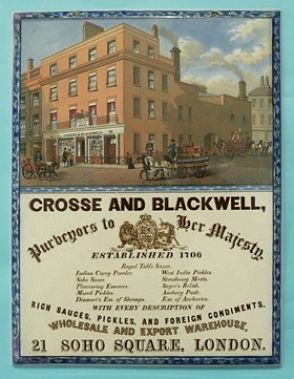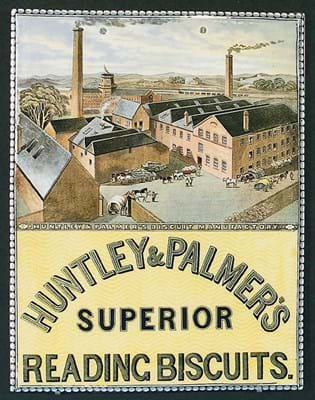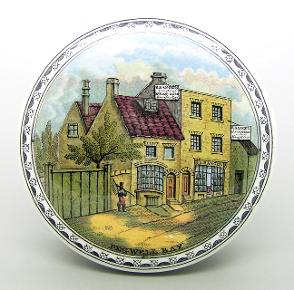 Pot-lids are one of the earliest forms of visual advertising that first made an appearance in the 1830's and continued until the 1910's. All types of consumer products, from toothpaste to meat paste and the amusing ‘bear’s grease’, (a healthy hair pomade, somewhat like hair gel), were packaged in small ceramic pots with lids. The lids were decorated with appealing images that, it was hoped, would help them sell more of their product.The same theory is still practised today by the advertising industry.
Pot-lids are one of the earliest forms of visual advertising that first made an appearance in the 1830's and continued until the 1910's. All types of consumer products, from toothpaste to meat paste and the amusing ‘bear’s grease’, (a healthy hair pomade, somewhat like hair gel), were packaged in small ceramic pots with lids. The lids were decorated with appealing images that, it was hoped, would help them sell more of their product.The same theory is still practised today by the advertising industry.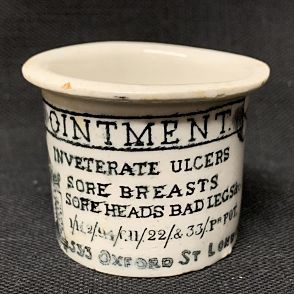 Whilst the pot itself might show the name of the maker or be otherwise decorated, the lid would bear an image that often would be totally unrelated to the contents. Pot lids have long been admired not only for their technical excellence and their sheer variety, but also as a social and historical record of their era. Pot lids have a venerable collecting history and rank among the most desirable everyday items from the Victorian period.
Whilst the pot itself might show the name of the maker or be otherwise decorated, the lid would bear an image that often would be totally unrelated to the contents. Pot lids have long been admired not only for their technical excellence and their sheer variety, but also as a social and historical record of their era. Pot lids have a venerable collecting history and rank among the most desirable everyday items from the Victorian period.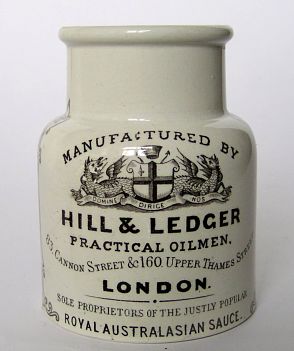
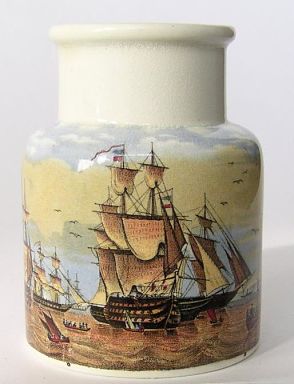
The interest and indeed the value is in the lid and the image upon it. The rest of the pot does not really matter too much. And, with around 360 known images, there is a veritable smorgasbord of different patterns to choose from. Over 120 of the varied designs produced were taken from watercolours by Jesse Austin, and these can have a strong following today.
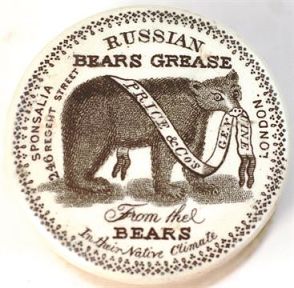
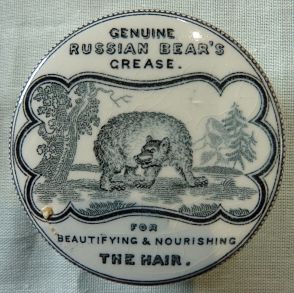
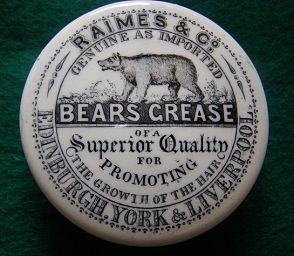
Perhaps unsurprisingly, the centre of production for pot-lids was in the ceramic heartland of ‘The Potteries’, in Staffordshire. A number of makers produced them, including F & R Pratt, T.J. Mayer, J. Ridgway and Brown-Westhead & Moore, with F & R Pratt the most prolific. Like the pot itself, the maker does not make much difference to value or desirability, but it is always nice to know, even though you will need a reference book to find out.
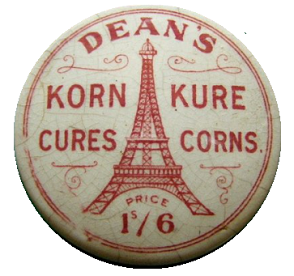
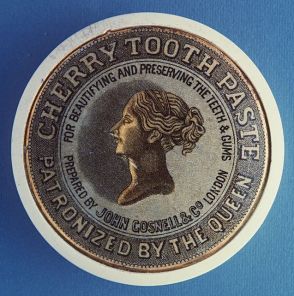
The subjects printed on many lids gave a clue to their contents (Pegwell Bay for potted shrimps, floral subjects for ladies' cosmetics, bears for bear's grease etc), but others depict subjects as diverse as British and European landmarks, scenes from Shakespearean plays or the Crimean War.


